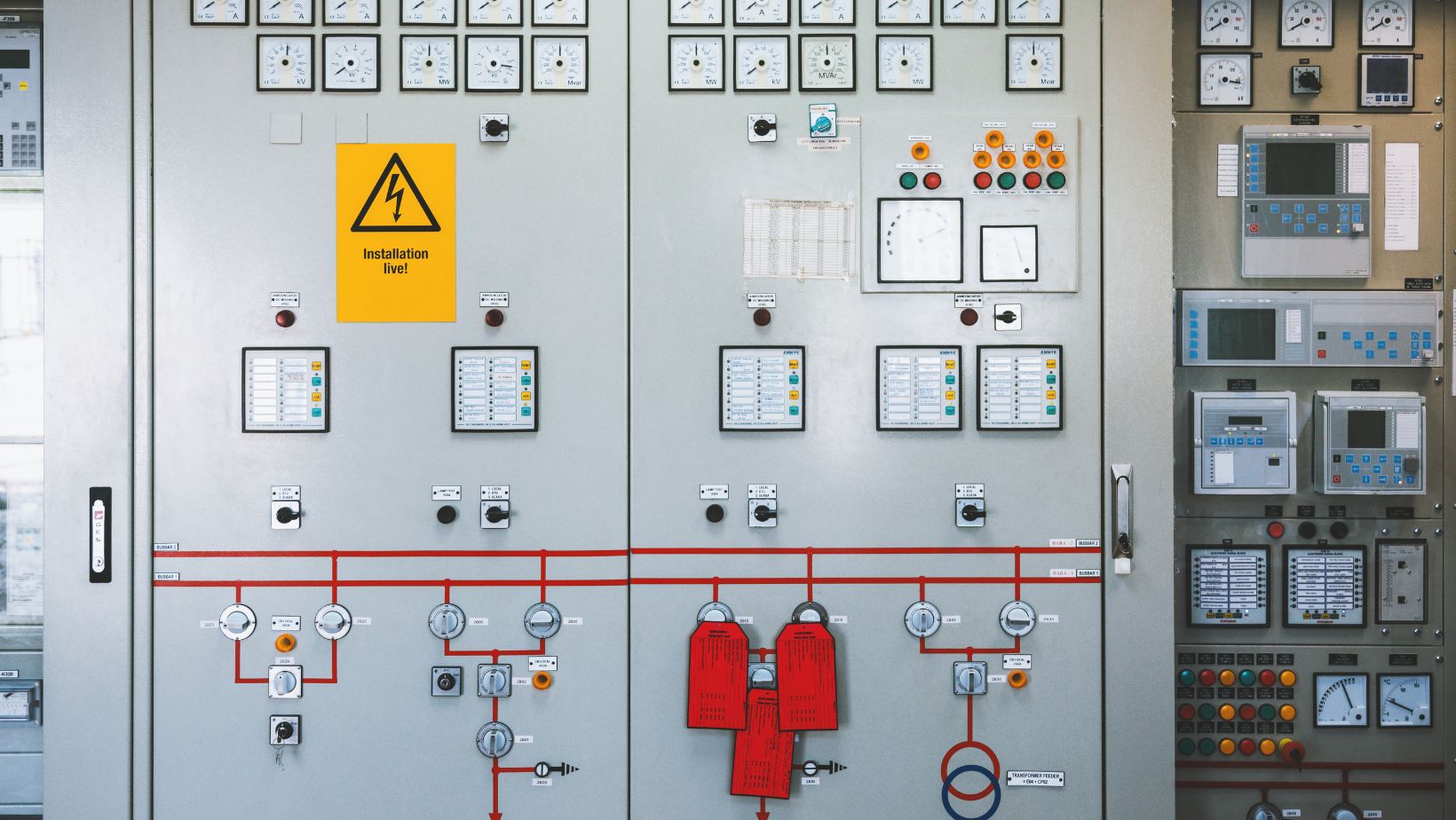Imagine a robotic arm in a sophisticated manufacturing plant tasked with the delicate placement of components. Its precision hinges on knowing its exact position at all times. Conversely, consider a high-speed conveyor belt where monitoring the rate of movement is paramount. In both these scenarios, choosing an encoder – the sensor that translates mechanical motion into electrical signals – is critical for optimal performance. Baumer, a globally recognized and reputable manufacturer of industrial encoders, offers a comprehensive portfolio of incremental and absolute encoders, each engineered for specific demands. Baumer incremental encoders provide a cost-effective and reliable solution for measuring changes in position and speed, outputting a stream of pulses relative to movement. This article delves into the fundamental differences between Baumer’s incremental and absolute encoder technologies, aiming to answer the crucial question: which type is the most suitable for your specific application needs?
Understanding the Fundamentals
At the heart of many automated systems lies the encoder, a vital transducer that converts mechanical motion into electrical signals interpretable by control systems. These signals provide crucial feedback on parameters like position, speed, and direction. Within Baumer’s extensive encoder lineup, two primary types stand out: incremental and absolute encoders, each operating on distinct principles.
Baumer incremental encoders function by generating a series of pulses as their shaft rotates. These pulses, typically outputted on two channels (A and B) in quadrature, allow for determining the direction and the amount of relative movement. Some incremental encoders also feature a Z or index pulse, which occurs once per revolution and is a repeatable reference point. A key characteristic of incremental encoders is their reliance on an external reference point, often requiring a “homing” procedure at startup to establish an absolute position. Consequently, the encoder’s positional information is lost if power is lost.
In contrast, Baumer absolute encoders provide a unique digital code for each distinct angular position of their shaft. This direct encoding means that the control system always knows the absolute position of the encoder, even immediately after power-up, eliminating the need for a homing sequence. The output signals from absolute encoders can take various forms, including parallel binary or Gray code and more sophisticated serial communication protocols such as SSI, Profibus, and others, depending on the specific Baumer model. A significant advantage of absolute encoders is their ability to retain position information even when the power supply is interrupted.
Key Differences Between Baumer Incremental and Absolute Encoders
The fundamental distinctions between Baumer incremental and absolute encoders lie in several key aspects:
- Position Measurement: Incremental encoders measure relative changes in position from a starting point, while absolute encoders provide a direct, absolute position reading.
- Output Signal: Incremental encoders output a series of pulses, the frequency and sequence of which indicate speed and direction. Absolute encoders output a unique digital code directly corresponding to a specific angular position.
- Need for Referencing (Homing): Incremental encoders typically require a homing procedure to establish a known absolute reference point. Absolute encoders do not need homing as their output inherently indicates absolute position.
- Position Retention After Power Loss: Incremental encoders lose their positional information when power is removed. Absolute encoders retain their position information even without power.
- Complexity and Cost: Generally, Baumer incremental encoders are simpler in design and, therefore, less expensive than their absolute counterparts, which have more complex internal circuitry.
- Speed vs. Position Focus: While both types can provide speed information (by analyzing the rate of pulse generation in incremental encoders or the change in absolute position over time), incremental encoders are often primarily used for speed and relative motion feedback, whereas absolute encoders excel in applications requiring precise and direct position control.
Advantages and Disadvantages
Baumer Incremental Encoders: Pros
Baumer incremental encoders offer several key advantages. Their cost-effectiveness makes them an attractive option for budget-conscious applications. Their relatively simple design facilitates easier integration into existing systems. Furthermore, they typically exhibit a high-frequency response, making them well-suited for accurate speed measurement. Baumer also provides various resolutions and mechanical form factors within their incremental encoder line, offering flexibility for different installation requirements.
Baumer Incremental Encoders: Cons
Despite their benefits, Baumer incremental encoders have certain limitations. The loss of absolute position upon power interruption necessitates a homing routine at startup, which can add time and complexity to the system initialization.

Their reliance on pulse counting also makes them potentially susceptible to electrical noise, which could lead to inaccurate readings if not properly mitigated.
Baumer Absolute Encoders: Pros
Baumer absolute encoders provide direct and unambiguous position feedback, eliminating ambiguity about the current location. The absence of a need for homing procedures saves valuable time and increases overall system efficiency. Their inherent ability to retain position information even after power loss makes them particularly robust in applications where power interruptions are possible or immediate position knowledge is crucial upon restart. Moreover, their capability to provide absolute position directly makes them suitable for safety-critical applications. Baumer’s absolute encoder portfolio also boasts a variety of communication interfaces, ensuring compatibility with diverse control system architectures.
Baumer Absolute Encoders: Cons
The advanced functionality of Baumer absolute encoders comes with certain drawbacks. Their higher cost than incremental encoders can be a significant factor in budget-sensitive projects. In some instances, the wiring and integration of absolute encoders, particularly those with complex communication protocols, can be more involved. Additionally, certain high-resolution absolute encoder models might have a potentially lower maximum operating speed than some incremental alternatives.
Choosing the Right Baumer Encoder: Key Selection Criteria
The optimal Baumer encoder, incremental or absolute, hinges on carefully evaluating several critical factors specific to your application.
- Application Requirements: The fundamental demands of your application are paramount. Consider whether knowing the exact position immediately upon startup is essential. Analyze the primary type of motion involved: is the focus on measuring speed and relative movement, or is precise and absolute positioning the priority? Furthermore, assess any safety considerations; certain safety-critical applications inherently require absolute position feedback for reliable operation.

- Budget Constraints: The project’s financial aspect is often a significant determinant. Evaluate the cost sensitivity, considering the generally higher price point of absolute encoders compared to incremental options within Baumer’s product line.
- System Complexity: The architecture and complexity of your control system play a crucial role. Consider the integration requirements for each encoder type, including wiring and processing their respective output signals.
- Environmental Factors: The operating environment can significantly influence encoder performance and longevity. Determine if the encoder will be exposed to harsh conditions such as extreme temperatures, significant vibration, or dust and moisture. Baumer offers encoders with various ingress protection ratings and robust designs to suit different environmental challenges.
- Resolution and Accuracy: Your application’s required level of precision will dictate the necessary encoder resolution. Compare the range of resolutions Baumer offers for their incremental and absolute encoder series to ensure the chosen encoder meets your accuracy demands.
- Communication Interface: Compatibility with your existing control system’s communication protocols is crucial for absolute encoders. Consider Baumer’s diverse range of interfaces, such as parallel, SSI, and various industrial Ethernet protocols, to ensure seamless integration.
The choice between Baumer incremental and absolute encoders concerns fundamental trade-offs between cost and complexity versus absolute position feedback and robustness. Incremental encoders offer a straightforward, cost-effective solution for measuring relative motion and speed. In contrast, absolute encoders provide direct, unambiguous position information, eliminating the need for homing and ensuring position retention. Ultimately, the optimal selection hinges entirely on the specific demands of your application. Key considerations include whether the absolute position is critical, the primary focus of the motion measurement (speed vs. precise positioning), budget limitations, system integration complexity, and environmental conditions. By carefully evaluating these factors about Baumer’s diverse encoder offerings, you can confidently select the technology that best meets your automation and control needs.



